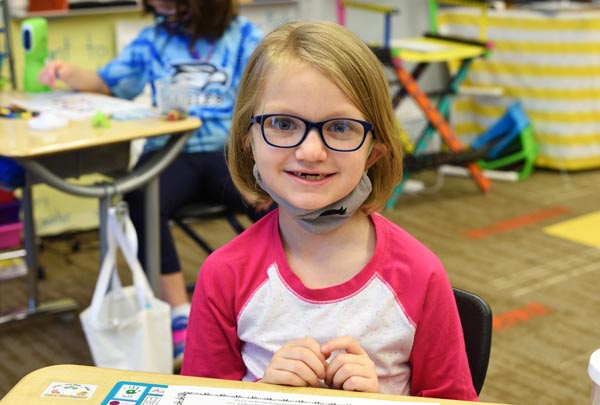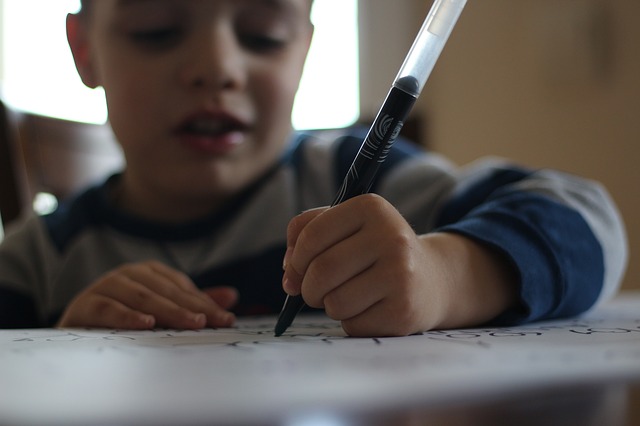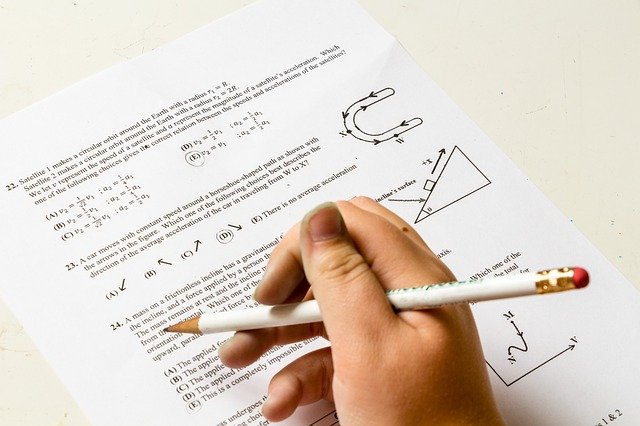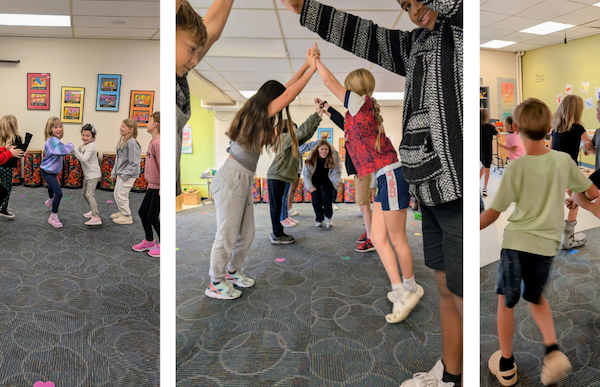
Success Factors for Children with Learning Disabilities
July 8, 2021
Types of Learning Disabilities, Part 2: Dysgraphia
July 20, 2021
Many people, especially those of you who frequently read Springer’s blogs, are well informed about learning disabilities. And, I would venture to say that most commonly recognize dyslexia before any other type of specific learning disability.
But did you know that there are other specific forms of learning disabilities associated with not only reading (dyslexia), but also writing (dysgraphia) and math (dyscalculia)? In this three part blog, I will share the specifics about each of these learning disabilities. Let’s start today with learning about dyscalculia.
The term, pronounced dis-kal-kyoo-lee-uh, refers to a Specific Learning Disability in the area of Math. It is relatively rare for a student to qualify for an Individualized Education Program (IEP) under Specific Learning Disability only in the area of math. When a child has difficulty with reading, there will usually be spillover into math.
When a student is struggling in math, there are three things to consider – the ability to read and understand the language of math word problems; consistent attention to task; and working memory.
The most common reading-based problem in math is trouble understanding word problems. Students can have difficulty with actually reading the problem and/or discerning what the problem is asking. Math has a unique vocabulary. Subtraction, “take away” and minus all refer to the same operation. When the problem wants you to find the product of 6 and 5, do you add, subtract, divide or multiply? Some students have trouble understanding the key words such as quotient, minus or sum. Many students better understand word problems by drawing the problem and by consulting a list of key words for each type of problem.
Consistent attention is another key to good performance in math. At a young age, some students are inconsistent when they count. When it matters, such as counting out 6 pieces of candy to eat right now, they are accurate. When they are counting the number of trees for a math problem in school, they may not be so engaged. Older students have to accurately line up vertical columns of numbers for multiple-digit problems. Lapses in attention while copying the columns or during regrouping will yield an incorrect answer. Using graph paper for math problems can help with lining up the numbers. Children should be encouraged to consistently check their work and ask themselves if the answer makes sense. For example, the answer “1” does not make sense for the problem “30 – 19.” Taking brief activity breaks during work time can help the student refocus.
Success in math draws on working memory, as the student must recall math facts, remember the sequence of procedures, hold the pertinent numbers in memory, check for accuracy, etc. Knowing the math facts with some automaticity can ease the burden on working memory, even if the student is permitted to use a calculator. While a student may qualify for extra time on high-stakes tests, having to use a calculator for simple problems will still reduce the number of problems he can finish. Practice with flashcards, math games on the computer, and dice games can sharpen those skills.

Using a graph to provide a visual representation of improvement across practice sessions builds confidence. There are work-around strategies, such as skip counting for multiplication and Touch Math for addition and subtraction, which can help students who struggle to learn math facts.
The book Number Sense Number Nonsense: Understanding the Challenges of Math, by Krasa and Shinkwiler, provides a good discussion of how we learn math, and is based on current research. For more information, see the National Center for Learning Disabilities’ website.
Blogger Mary Ann Mulcahey, PhD, shares her expertise in assessment and diagnosis of learning disabilities and ADHD, and the social/emotional adjustment to those issues. If you have questions, please contact Mary Ann at .




2 Comments
Thank you for this. My grandson has dyslexia, I understand that there is a spillover into math. However, I think there is more to his issue. This article gives us another avenue to investigate! Thanks again. Pam
Thank you for this enlightening article on dysgraphia! As a parent of a child who has been struggling with writing difficulties, it’s reassuring to come across a resource that not only sheds light on the signs of dysgraphia but also provides practical solutions for success.
I appreciate how the article emphasizes the importance of early detection. Recognizing the signs early on allows for timely intervention, ensuring that children receive the support they need to overcome the challenges associated with dysgraphia. The detailed explanation of the signs, such as inconsistent letter formations and difficulty organizing thoughts on paper, has been incredibly helpful in understanding what my child might be experiencing.
The solutions offered in the article are both comprehensive and encouraging. The emphasis on multisensory approaches and assistive technology provides a ray of hope for parents and educators alike. It’s heartening to know that there are effective strategies to help children with dysgraphia thrive academically and build their confidence.
Moreover, the inclusion of personal stories and success stories adds a human touch to the article. Realizing that others have faced similar challenges and triumphed over them serves as a source of inspiration and motivation.
Overall, this piece is a valuable resource for anyone seeking information on dysgraphia. It not only raises awareness about the condition but also equips readers with actionable steps to support individuals with dysgraphia in their journey towards academic success. Kudos to the author for addressing this important topic with such clarity and compassion!